Info
10 Scientifically Proven Herbs for Diabetes
It is common knowledge that ancient people made use of some herbs to cure diseases before medicines were invented. Some say that these herbs are more effective, some say the are not. But what is important is they help one person’s body, in any way they can, to fight the diseases that might weaken or destroy it.
One of the diseases out there that can be cured with the aid or use of some herbs is Diabetes Mellitus—a group of a few diseases that impairs the ability of one person’s body to process and use the so called blood glucose.
Blood glucose are sometimes called blood sugar. Before discussing the best herbs that aid the body in fighting Diabetes Mellitus, here are some of a few knowledges that people must know about Diabetes Mellitus.
As usually known by most people, improper way of treating Diabetes might lead to a build up and high level of sugar in a person’s blood. Different types of diabetes are caused by varying factors depending on the type.
Note that having too much sugar in the blood, no matter what type of Diabetes a person has, can lead to very serious and dangerous health complications such as stroke and heart diseases.
One of the misconceptions about Diabetes is that some people think that it is usually an effect of obesity and having a poor lifestyle; they sometimes are.
But they do not always develop from being obese and living a poor lifestyle. In fact, some types of Diabetes are present even from one person’s childhood.
Table of Contents

Just like the causes, managing Diabetes also depends on the type. There are two types of conditions for Diabetes—the first one being the Chronic Diabetes Conditions and the second one being the Potentially Reversible Conditions. Chronic Diabetes includes Type 1 and Type 2 Diabetes while Potentially Reversible Diabetes Conditions include Prediabetes and Gestational Diabetes.
Prediabetes
Sometimes, doctors call it as Borderline Diabetes. Prediabetes or Borderline Diabetes refers to people who have blood sugar level within the range of 100 milligrams per deciliter to 125 milligrams per deciliter (mg/dL). The normal blood sugar level should be within the range of 70 milligrams per deciliter to 99 milligrams per deciliter while a person with Diabetes has blood sugar level higher than 126 milligrams per deciliter.
The prediabetes level is a level where blood glucose or blood sugar is higher than the usual but is not so high to be considered as a Type 2 Diabetes. Although people with Prediabetes do not totally experience the symptoms of a full diabetes, they are still at risk of developing Type 2 Diabetes.
The risk factors for Prediabetes are being beyond the age of 45, a family history if having diabetes, history of having high blood pressure, history of having Polycystic Ovary Syndrome (PCOS), being overweight, having Gestational Diabetes during pregnancy, giving birth to a child that weighs more 9 pounds, having cholesterol and having a poor and inactive lifestyle.
Also, another risk factor is a person’s race—although it is still unclear why, but people who are Hispanic, Asian Americans, American Indians and African Americans have higher risks of developing and having Diabetes compared with other races.
The complication of having Prediabetes is that it may progress, if not prevented, to having Type 2 Diabetes. If doctors find out that a certain individual has Prediabetes, they will suggest that person to start making changes in his or her lifestyle; being healthier and more careful, to be exact. Losing some of his or her weight and eating healthier foods can stop the progression to Type 2 Diabetes.
Most Common Types of Diabetes
1. Gestational Diabetes
This type of Diabetes Mellitus occurs in women during their pregnancy period and it subsequently resolves after giving birth. It is because of the fact that women’s body are less sensitive to insulin when they are pregnant. To be clear, not all women develop this type of Diabetes when they are bearing a child.

To have a better understanding of how Gestational Pregnancy occurs, here is a simple explanation.
The placenta produces hormones to help sustain a woman’s pregnancy. These hormones cause women’s cells to be more resistant to insulin.
Normally, the pancreas produces some extra insulin to withstand the resistance.
But sometimes, the pancreas cannot keep up with it; and when this happens, only a little amount of glucose goes into women’s cells while the remaining large amount stays in their blood causing Gestational Diabetes.
Women who are beyond the age of 25 years old have higher chances of developing this Gestational Diabetes. If a woman or a close family member such as siblings and parents have a history of having Type 2 Diabetes, then the risk of that certain woman to develop Gestational Diabetes.
Also, having Gestational Diabetes from a previous pregnancy gives women a greater risk of developing it again on the next one. Being overweight before pregnancy is also a factor to having a higher risk of developing it. Just like Prediabetes, race—Hispanic, Asian Americans, American Indians and African Americans— is also a factor that increases the chances of having Gestational Diabetes.
Gestational Diabetes can cause some complications to the women having it. One of those complications is having Preeclampsia—a condition that is characterized by swelling of feet and legs, having excess protein in one’s urine and having a high blood pressure. Preeclampsia might lead to more serious and life-threatening complications.
Another complication to women is that they would have subsequent gestational diabetes. Once they have had it during their pregnancy, they are more likely to have it again on the next one. Also, they are likely to develop diabetes as they get older—Type 2 Diabetes, to be specific.
Some complications may also happen to babies. A woman’s extra glucose can cross her placenta which triggers her baby’s pancreas to produce more insulin; thus, causing the baby to be of a large size. Subsequently, babies develop hypoglycemia—a condition wherein there is low blood sugar.
Because the babies’ insulin production is high, they tend to have low level of glucose in their bodies. Another complication is that babies with mothers who have Gestational Diabetes are more likely to develop Type 2 Diabetes as years go by. But the worst complication a baby can experience is death. When a mother’s Gestational Diabetes is untreated, it can result to death.
2. Type 1 Diabetes
Type 1 Diabetes is also called as the juvenile diabetes. This type of diabetes occurs when a person’s body fails to produce insulin. Type 1 Diabetes can develop at any age, although it has been proven that it usually starts during childhood or adolescence. People with this type of diabetes are insulin-dependent for good, which just simply means that they must take daily dosage of artificial insulin to stay alive.

Up until now, doctors still do not know the exact causes why Type 1 Diabetes occurs. Weight is not thought to be one of the that add up to Type 1 Diabetes.
However, doctorsbelieve it to be a combination genetic susceptibility and of external and environmental factors—well, these factors are the ones that are still unknown and unclear.
Although the exact cause of Type 1 Diabetes is still unknown, some risk factors are said to increase a person’s chance of developing a Type 1 Diabetes.
If a person’s family, his or her siblings and parents have Type 1 Diabetes, the he or she has a chance of developing it too.
Another risk factor is that if a person has autoantibodies—this is what damages the immune system cells. But not all person who has a presence of autoantibodies develop diabetes. It was also proven that people who live in Finland and Sweden have higher chances of developing Type 1 Diabetes; though it is also unclear why, but it has to do something with geography, race or genetics of people living there perhaps.
There is one thing that doctors are sure thought—in Type 1 Diabetes, a person’s immune system attacks the cell in the pancreas that produce the insulin needed by the body. Instead of fighting harmful viruses and bacteria, that is what the immune system of person with Type 1 Diabetes does. With that said, the person’s body is left with a very little amount of insulin; sometimes, no insulin at all. What happens after that is sugar does not get transported into the person’s cells, it builds up in his or her bloodstream instead.
Complications of Type 1 Diabetes are cardiovascular diseases, nerve damage, kidney damage, skin conditions, eye damage, foot damage, impairment in hearing, depression and Alzheimer’s disease. These mentioned complications develop gradually. Meaning to say, the longer you have diabetes, the higher the chances of developing these complications too. It can be expected because having diabetes means that you have your blood sugar uncontrolled.
3. Type 2 Diabetes
In Type 2 Diabetes, a person’s body’s way of using insulin is affected. While one’s body is still able to produce insulin, the cells do not respond to it just as how it effectively did before.

According to National Institute of Diabetes and Digestive and Kidney Diseases, Type 2 Diabetes is the most common type of diabetes and is strongly connected to a person’s obesity.
But not everyone diagnosed with Type 2 Diabetes is overweight.
Just like in Prediabetes, a person’s pancreas cannot produce enough insulin. So instead of having glucose transported to cells, they get built up in a person’s bloodstream.
The risk factors for Type 2 Diabetes is same with the risk factors of Prediabetes, while the complications that may developed in having Type 2 Diabetes is the same with the complications that may be developed in Type 1 Diabetes.
10 Medically Proven Traditional Herbs for Diabetes
The number of people diagnosed with Diabetes is continuously rising and people have learned the used of herbs or plant medicines as an alternative medicine for treating Diabetes. After understanding some of the basic knowledge about Diabetes, here are some of the herbs that can be used to aid, prevent and hopefully cure Prediabetes, Type 2 Diabetes and Gestational Diabetes:
1. Asian Ginseng (Ginseng)

Asian Ginseng or just simply Ginseng can be found in North America and in Eastern parts of Asia. Ginseng is known to have good therapeutic effects on patients with diabetes.
It contains ginsenoside—a compound that is known to lower oxidative inflammation and subsequently limit the development or progress of diabetes. Ginseng’s roots, stalk, berries and leaves are all beneficial to helping patients with diabetes.
According to a study made in China, 26 out of 30 or 86.7 percent of the patients with diabetes reacted well and showed positive effects on diabetes symptoms after being injected with Renshen Tangtai, an injection that is containing Ginseng.
People can take in Ginseng by mixing its powdered form in warm water and drinking it; a teaspoon of its powder form will do.
Ginseng’s roots can also be boiled in water for about six to eight minutes to make a solution; two to three grams or 6 to 7 cuts or roots will do for the solution.
It is advisable to take in Ginseng during early times in the morning or also before eating dinner.
2. Bilberry (Vaccinium Myrtillus)

Bilberry or Vaccinium Myrtillus is a dark blue fruit, a relative of Blueberries, that contains a compound named anthocyanosides which can lessen blood glucose level and protect the eyes against retinal damage—which as mentioned above is a complication of Type and Type 2 Diabetes.
However, people need to be truly cautious in taking in bilberry supplements when already in medication for lowering blood glucose level because it can bilberry supplements can result to having a seriously low blood sugar level.
Bilberry fruits and leaves can be used to make teas. Extracts of this fruit is also an option together with bilberry capsules.
Extracts that are 80 milligrams to 120 milligrams should contain exactly 25 percent of anthocyanins.
It is advisable to take bilberry twice a day and one hour before having meals.
3. Clove

The warming spice or also known as Cloves have several medicinal benefits. This medicinal herb can help stabilize blood sugar levels.
Cloves can be used in cooking curry; it can be added in whole or powdered form.
It can also be used in preparing teas. When making tea, boil in with water in 10 minutes. After that, strain then drink it.
Cloves can be added in whole or powdered form.
4. Oregano

Oregano is one of the most common medicinal plant on Earth. It has been proven to cure diseases such as cough, sore throat and many more.
It has also been found out that it has a high amount of polyphenols and flavonoids which can interfere with the development of diabetes. Oregano has been proven to be one of the remedial herbs for Type 2 Diabetes.
Just like most of the herbs listed above, fresh leaves of oregano can be made to prepare tea. Chewing leaves and taking capsules are also some of the options.
One 600-milligram Oregano capsule is enough for one day. When using leaves, a teaspoon of dried leaves will do while four to five leaves of fresh leaves will do for a day.
It is advisable to chew fresh oregano leaves first thing in the morning or drink a cup of Oregano tea. Dried Oregano leaves can also be sprinkled on top of the dishes.
5. Turmeric

Turmeric, just like Oregano, is also one of the most common medicinal plants that have several health benefits. Turmeric contains curcumin—an active ingredient that can interfere in the development and existence of diabetes in a human body.
The medicinal herb can help the body neutralize high level of blood sugar. It also improves the function of beta cells in the pancreas that produce insulin; thus, proving to have real good benefits in fighting diabetes.
500-milligram curcumin capsules are available for direct intake while dried and fresh Turmeric can be sprinkled on top of all kinds of food. Turmeric powder can also be used in smoothies.
It is advisable to take in two capsules of Curcumin supplements twice a day before having meals.
6. Cow Plant (Gymnema Sylvestre)

The origin of this plant called Gymnema Sylvestre is in Central India and Sri Lanka. This helpful plant is known to have some anti-diabetic abilities. This woody shrub is also called, in ancient Indian textbooks, to be a destroyer of sugar.
It is of real great help because it restricts sugar cravings and inhibits sugar absorption. It is usually used to be a supplement together with other medicines for Diabetes.
A review in 2013 showed that both people with Type 1 Diabetes and Type 2 Diabetes responded well and showed several signs of improvement.
It showed that people with Type 1 Diabetes who took Gymnema Sylvestre as a supplement together with insulin experienced a significant fall in their blood sugar levels compared to those who only took insulin as medication. This herb has also been used in India for centuries and has showed real benefits for glucose metabolism.
People can take it in by mixing its powdered form in warm water, one teaspoon of powdered Gymnema Sylvestre will do. It can also be taken in 100 milligrams of capsules. Lastly, one teaspoon of its leaves can be used to make tea—just soak it in hot water for nearly 10 minutes.
It may be of better benefits if Gymnema Sylvestre is taken in 20 to 25 minutes before meal or during early in the morning.
7. Sage

Sage has been proven to have positive effects on glucose levels, especially for people with Type 2 Diabetes. Sage has been used to treat many ailments and has been proven to have various antioxidants and anti-inflammatory compounds.
Sage can be consumed by making tea with the use of its leaves—two cups of Sage tea is enough for one day. Just boil two to three pieces of Sage’s leaves in water for about five minutes. Then strain the mixture before drinking.
Sage’s leaves can also be chewed and included in dishes—a teaspoon of dried leaves or 5 to 6 grams of fresh leaves will do per day.
It is advisable to chew Sage’s leaves first thing in the morning on an empty stomach or put them in your dishes at lunch and dinner. Drinking two cups of Sage tea is advisable every day—one in the morning and one at night.
8. Fenugreek (Trigonella Foenum Graecum)

Fenugreek plants can be found in India. Its seeds are rich in protein, iron, calcium, minerals and different types of vitamins that can control and combat Type 1 Diabetes.
It is of real great help for a person with diabetes because it releases insulin and absorbs sugar. Fenugreek seeds are said to contain high amount of soluble fiber which can decrease the level of blood sugar of a person with diabetes.
The best way to consume Fenugreek seeds is to soak them in water overnight then drink it the next morning. Seeds can also be roasted and added to several dishes.
It is advisable to drink Fenugreek infused water first thing in the morning on an empty stomach.
9. Aloe Vera

Aloe Vera plants can be found all around the world, it is not something that is rare. Besides having benefits to having a good skin, this very useful herb has been proven to be a natural cure for several ailments.
Aloe Vera is believed and proven to slow the progress of Type 2 Diabetes and researchers believe that Aloe Vera’s antioxidant effects might be of great help in repairing and protecting pancreas’ beta cells that produce insulin.
Some preliminary researches have proven that taking Aloe Vera helps in improving the blood sugar level. It also helps in the faster healing and decreasing the swelling of wounds; having wounds is one of the complications of Diabetes, people with Diabetes usually take longer time to have their wounds healed.
Aloe Vera can be consumed in two easy ways—the first one is by taking in Aloe Vera capsules and the second one is by drinking Aloe Vera juice. When taking in Aloe Vera capsules, it is best to do it before lunch. Its advisable dosage is one capsule of 300 milligrams per day. When drinking Aloe Vera juice, it is preferable to do it in the morning.
Another good news is that people can prepare your own Aloe Vera juice at home. How? Just simply cut and peel 4 inches long of Aloe Vera then extract its gel—also known as the mucilaginous material found inside its leaves. Then add some lemon juice and a little amount of water.
10. Ginger

This herb is also one of the most common medicinal herbs on Earth.
It can be added to dishes which results in having an intense flavor or making tea.
This incredible herb can stop the progress of diabetes complications.
It can be consumed in its whole form or in its powdered form.
It is advisable to drink Ginger tea in the morning or have Ginger as an ingredient to your lunch.
Try to refrain from consuming it after 7 o’clock in the evening.
Final Thoughts
There are still many medicinal herbs out there that can combat the further progress of diabetes and its complications. It is that proven that they are beneficial to people having diabetes. But make sure to consult your doctor first before deciding to add these herbs as supplements to your medication.


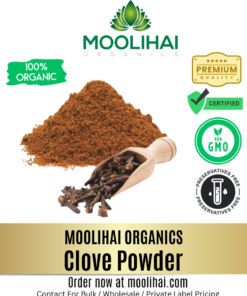

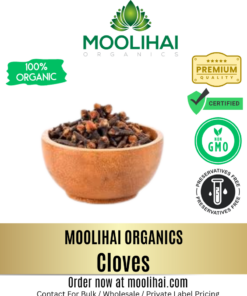


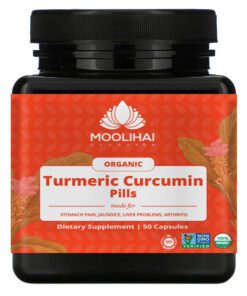
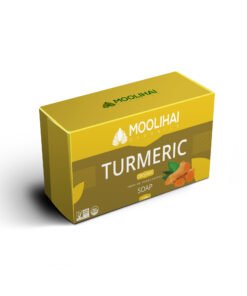
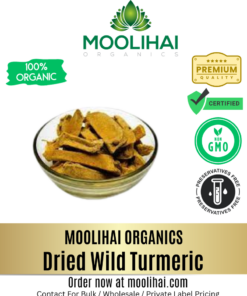

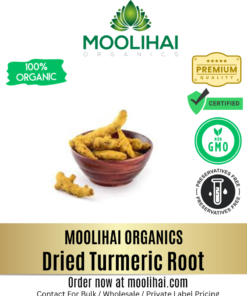

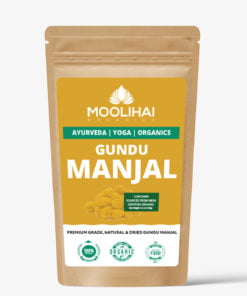
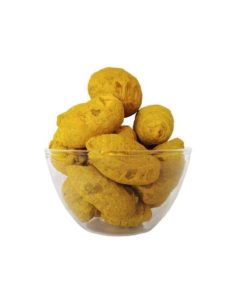
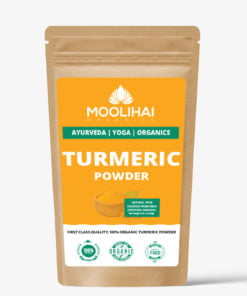

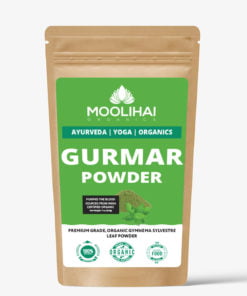




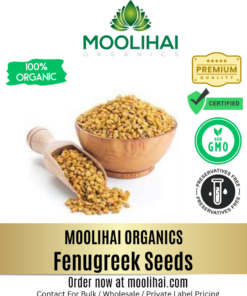



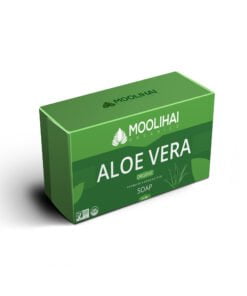
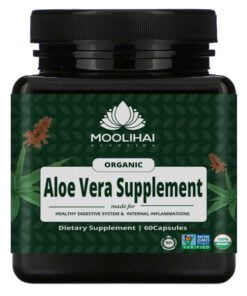
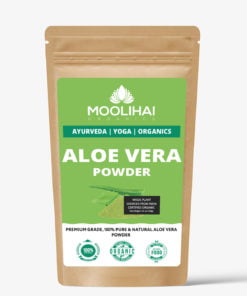

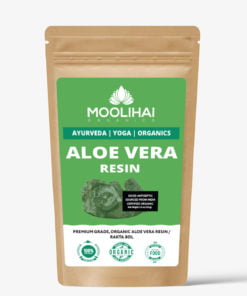
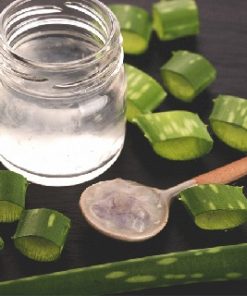
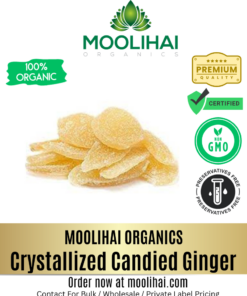

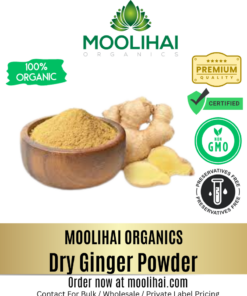

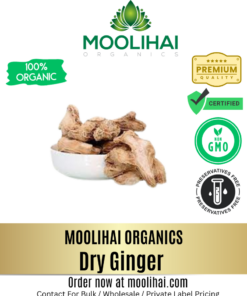

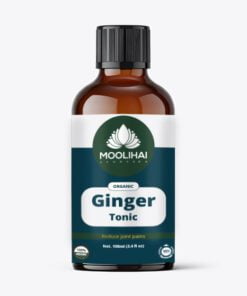

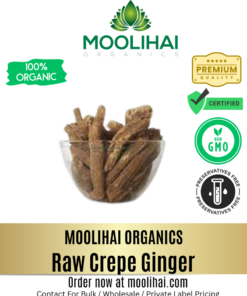

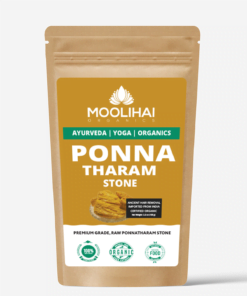

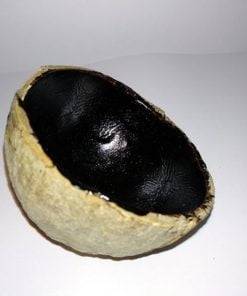

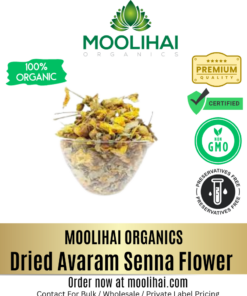

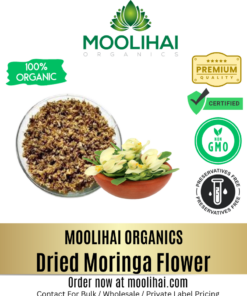

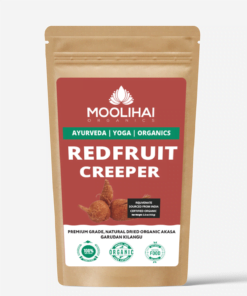
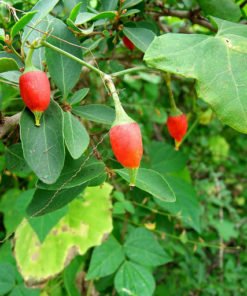
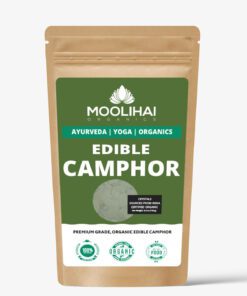

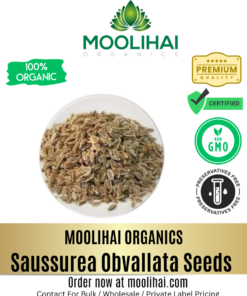




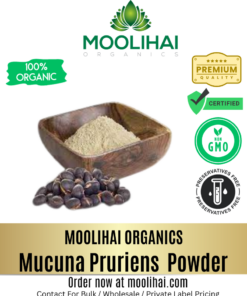

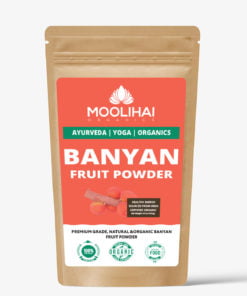



thank you for the info herbal medicine way fwd
Thank you very much for the detailed information on insulin plant.